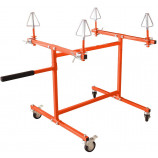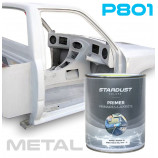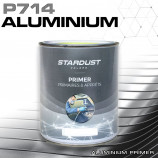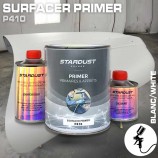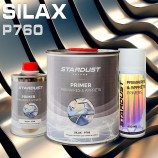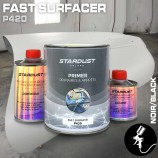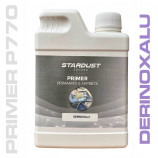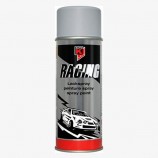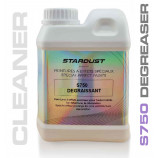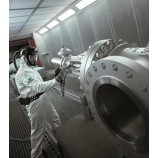All Products are in stock
and shipped from France.
Delivery within 48 hours.
and shipped from France.
Delivery within 48 hours.
Our categories
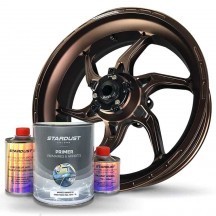
Motorcycle rim primers
The application of a motorcycle rim primer is the first act before applying any of the types of motorcycle rim paints. This preliminary practice takes into account the particular material that the rim is made of : this is commonly either aluminum, steel, or an alloy.
The function of motorcycle rim primers is to provide a chemical bond between th...
Read more-
-
-
-
BI-COMPONENT FILLER PRIMER P410
In Stock 24.30£Body surfacing primer complete kit with included:Two-component filling primer + hardener H400 + thinner -
Adhesion topcoat for chrome and difficult metals P760
In Stock 27.00£Adhesion topcoat for chromed parts 250ml, 1L, 5L, Aerosol 400ml Ready to use, single component Delivered within 48h -
Automotive Bodywork Quick Primer in 2h – Light, medium or dark grey P420
In Stock 24.30£Professional Leveling Primer Surfacer all supports Kits available in 5 colors and 3 formats - 750ml Kit - 1.45L Kit - Spray 290mL -
DERINOXALU - Pickling for non-ferrous metal P770
In Stock 15.60£Exclusively for professionals. Supplied in 500ml - 1L - 5L plastic bottle fluorinated. -
-
Degreaser - SilIcon remover 1000ml
In Stock 7.10£Delivery time 48hrs IN STOCK 1 Liter can or 400ml aerosol -
HIGH PERFORMANCE ALL-METAL 2K F294 EPOXY PRIMER
In Stock 54.00£2 offers:Kit 1.6L18L kit Direct delivery within 48 hours























